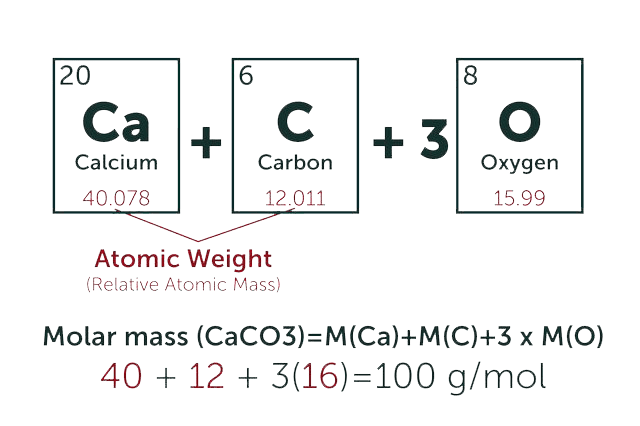5-Hydroxymethyl-2-furoic acid
* Please be kindly noted products are not for therapeutic use. We do not sell to patients.

| Category | Antibiotics |
| Catalog number | BBF-01726 |
| CAS | 6338-41-6 |
| Molecular Weight | 142.11 |
| Molecular Formula | C6H6O4 |
| Purity | >98% |
Online Inquiry
Description
5-Hydroxymethyl-2-furoic acid is an antibiotic produced by Pyricularia grisea IAM 5051. It can inhibit the activity of tumor cells (SV40).
Specification
| Synonyms | 5-Hydroxymethyl-2-furancarboxylic acid; Sumiki's acid |
| Storage | -20 °C |
| IUPAC Name | 5-(hydroxymethyl)furan-2-carboxylic acid |
| Canonical SMILES | C1=C(OC(=C1)C(=O)O)CO |
| InChI | InChI=1S/C6H6O4/c7-3-4-1-2-5(10-4)6(8)9/h1-2,7H,3H2,(H,8,9) |
| InChI Key | PCSKKIUURRTAEM-UHFFFAOYSA-N |
Properties
| Appearance | Colorless Crystal |
| Antibiotic Activity Spectrum | neoplastics (Tumor) |
| Boiling Point | 349.4±32.0 °C at 760 mmHg |
| Density | 1.4±0.1 g/cm3 |
| Solubility | Soluble in DMSO |
Reference Reading
1.Synthesis of terephthalic acid via Diels-Alder reactions with ethylene and oxidized variants of 5-hydroxymethylfurfural.
Pacheco JJ1, Davis ME2. Proc Natl Acad Sci U S A. 2014 Jun 10;111(23):8363-7. doi: 10.1073/pnas.1408345111. Epub 2014 May 27.
Terephthalic acid (PTA), a monomer in the synthesis of polyethylene terephthalate (PET), is obtained by the oxidation of petroleum-derived p-xylene. There is significant interest in the synthesis of renewable, biomass-derived PTA. Here, routes to PTA starting from oxidized products of 5-hydroxymethylfurfural (HMF) that can be produced from biomass are reported. These routes involve Diels-Alder reactions with ethylene and avoid the hydrogenation of HMF to 2,5-dimethylfuran. Oxidized derivatives of HMF are reacted with ethylene over solid Lewis acid catalysts that do not contain strong Brønsted acids to synthesize intermediates of PTA and its equally important diester, dimethyl terephthalate (DMT). The partially oxidized HMF, 5-(hydroxymethyl)furoic acid (HMFA), is reacted with high pressure ethylene over a pure-silica molecular sieve containing framework tin (Sn-Beta) to produce the Diels-Alder dehydration product, 4-(hydroxymethyl)benzoic acid (HMBA), with 31% selectivity at 61% HMFA conversion after 6 h at 190 °C.
2.Tolerance of the nanocellulose-producing bacterium Gluconacetobacter xylinus to lignocellulose-derived acids and aldehydes.
Zhang S1, Winestrand S, Chen L, Li D, Jönsson LJ, Hong F. J Agric Food Chem. 2014 Oct 8;62(40):9792-9. doi: 10.1021/jf502623s. Epub 2014 Sep 16.
Lignocellulosic biomass serves as a potential alternative feedstock for production of bacterial nanocellulose (BNC), a high-value-added product of bacteria such as Gluconacetobacter xylinus. The tolerance of G. xylinus to lignocellulose-derived inhibitors (formic acid, acetic acid, levulinic acid, furfural, and 5-hydroxymethylfurfural) was investigated. Whereas 100 mM formic acid completely suppressed the metabolism of G. xylinus, 250 mM of either acetic acid or levulinic acid still allowed glucose metabolism and BNC production to occur. Complete suppression of glucose utilization and BNC production was observed after inclusion of 20 and 30 mM furfural and 5-hydroxymethylfurfural, respectively. The bacterium oxidized furfural and 5-hydroxymethylfurfural to furoic acid and 5-hydroxymethyl-2-furoic acid, respectively. The highest yields observed were 88% for furoic acid/furfural and 76% for 5-hydroxymethyl-2-furoic acid/5-hydroxymethylfurfural.
Recommended Products
| BBF-01732 | Mevastatin | Inquiry |
| BBF-04301 | Tulathromycin A | Inquiry |
| BBF-00664 | Alternariol | Inquiry |
| BBF-01829 | Deoxynojirimycin | Inquiry |
| BBF-03937 | Pirarubicin | Inquiry |
| BBF-03868 | Honokiol | Inquiry |
Bio Calculators
* Our calculator is based on the following equation:
Concentration (start) x Volume (start) = Concentration (final) x Volume (final)
It is commonly abbreviated as: C1V1 = C2V2
* Total Molecular Weight:
g/mol
Tip: Chemical formula is case sensitive. C22H30N4O √ c22h30n40 ╳


